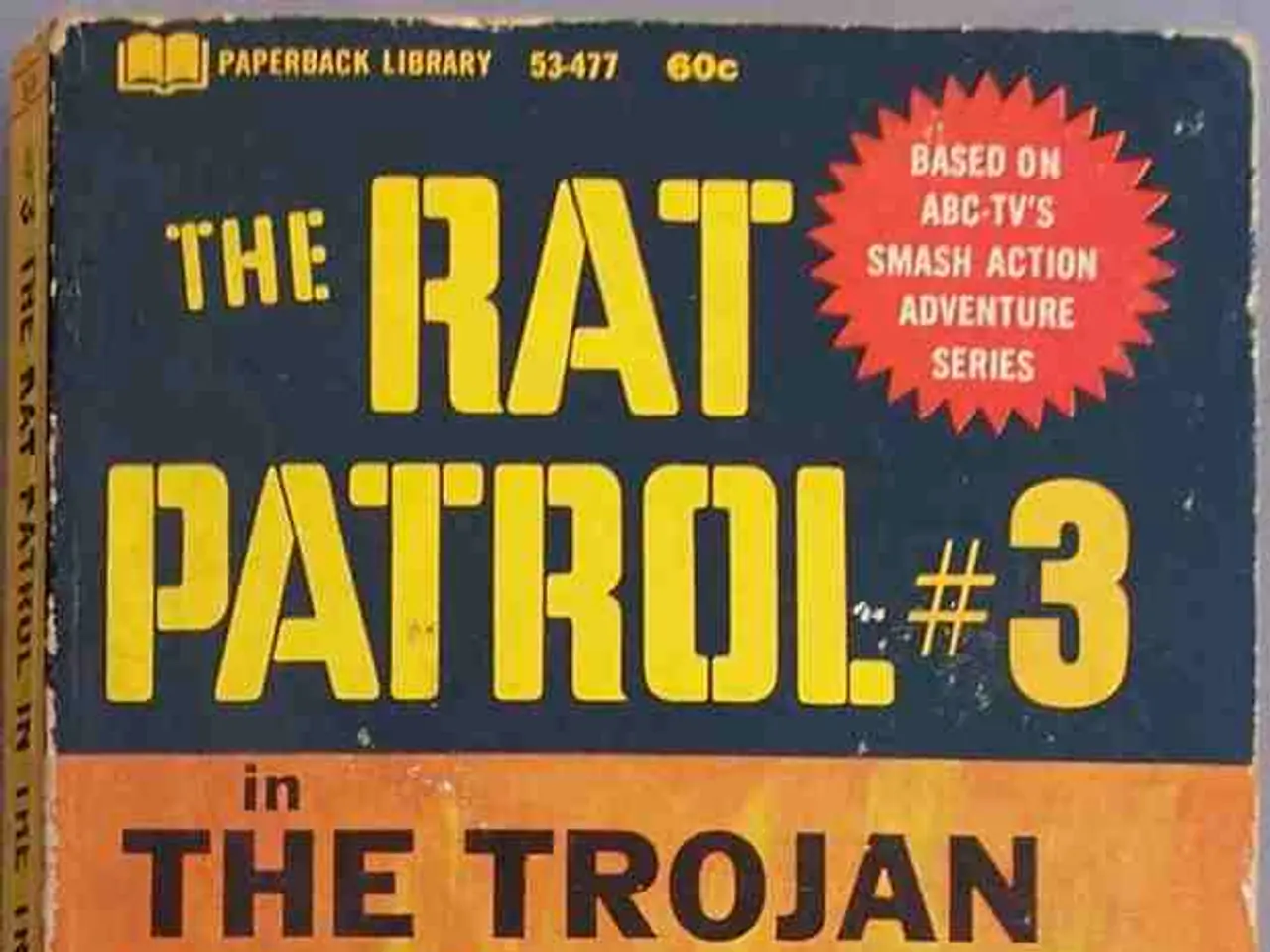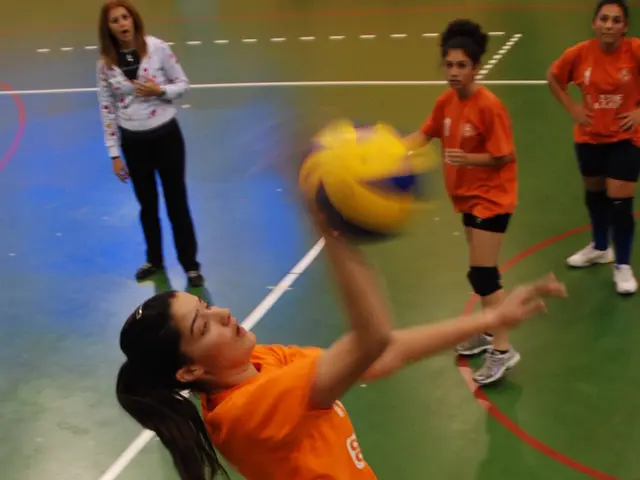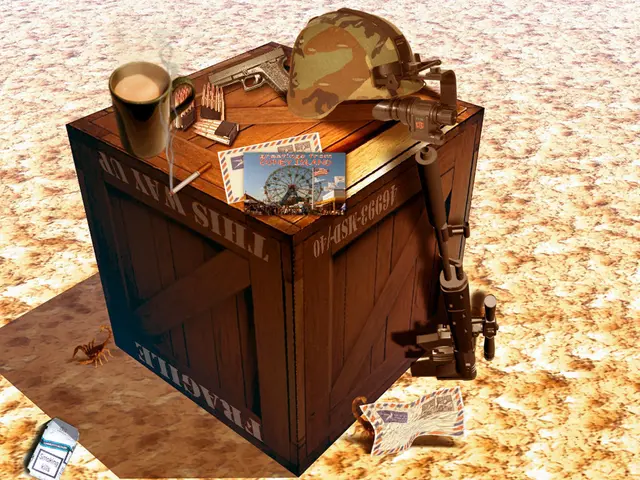Monthly War Podcast's 12-Month Overview
The Russia-Ukraine conflict, now in its second year, has proven to be a complex and dynamic struggle. As winter gives way to spring, both sides are preparing for likely offensives, with the war having progressed through phases of defensive and offensive operations, followed by counterattacks.
Reinforced Assumptions
The invasion, which began a year ago on February 24, saw Russia launch large-scale, multi-front attacks, including missile strikes and aerial warfare targeting Ukraine’s cities and infrastructure. This confirmed assumptions of a highly coordinated military effort aimed at quick territorial gains.
However, Ukraine's resilience was a surprise to many. The country successfully countered many offensive operations, as demonstrated by shooting down numerous Russian warplanes and conducting counterattacks, including deep strikes on Russian air bases. This early Ukrainian resilience disproved initial forecasts of a swift Russian victory.
Challenged Assumptions
The conflict has escalated into a protracted and high-intensity conflict rather than a short campaign. Russia’s evolving "grind down" drone strategy, involving launching over 6,000 drones monthly, reflects adaptation to a drawn-out war of attrition.
Another challenged assumption has been the impact of economic and sanctions. The extensive and coordinated Western sanctions regime, especially led by the U.S. with over $112 billion in assistance provided to Ukraine, severely impacted Russia’s financial institutions and military supply chains, demonstrating the significance of economic warfare as a critical frontline.
Features Looking Ahead
Looking forward, the conflict is expected to feature continued intense aerial and drone warfare. Continuing drone swarm attacks by Russia and Ukrainian counter-operations such as "Operation Spider’s Web" targeting deep Russian military assets imply aerial and drone warfare will dominate future phases.
The war remains Europe’s largest displacement crisis since WWII, with major refugee and social impacts requiring ongoing international humanitarian responses. Furthermore, Ukraine and its allies, particularly European leaders and the U.S., emphasize coordinated political and security efforts aimed at achieving a "dignified peace," underlining the war’s broader regional security implications.
Key terrain, most notably cities, have been the focus of hard-fought battles. Ukrainian offensives to recapture Kharkiv and Kherson in the fall made the battlefield more dynamic. The front lines shifted rapidly at first, but later settled into a more static pattern.
Retired Major General Mick Ryan, a scholar of war and the profession of arms, is an insightful observer of the war in Ukraine. He notes the Ukrainian population's resilience in the face of Russia's aggression and the forces' ability to defend more effectively than many anticipated.
To delve deeper into the conflict and its implications, listeners can tune into the MWI Podcast, available on various platforms including Apple Podcasts, Stitcher, Spotify, TuneIn, and other favourite podcast apps. To support the podcast, listeners are encouraged to rate or leave a review on their preferred platform.
The image used in this article is credited to mil.gov.ua and is available on Wikimedia Commons.
- The ongoing Russia-Ukraine conflict, marked by intense aerial and drone warfare, politics, and general news, challenges initial assumptions of a swift Russian victory due to Ukraine's resilience and effective defense.
- As the war, currently Europe's largest displacement crisis since WWII, progresses through phases of defensive and offensive operations, followed by counterattacks, its broader regional security implications, war-and-conflicts, and political efforts towards a "dignified peace" continue to dominate global discussions.








